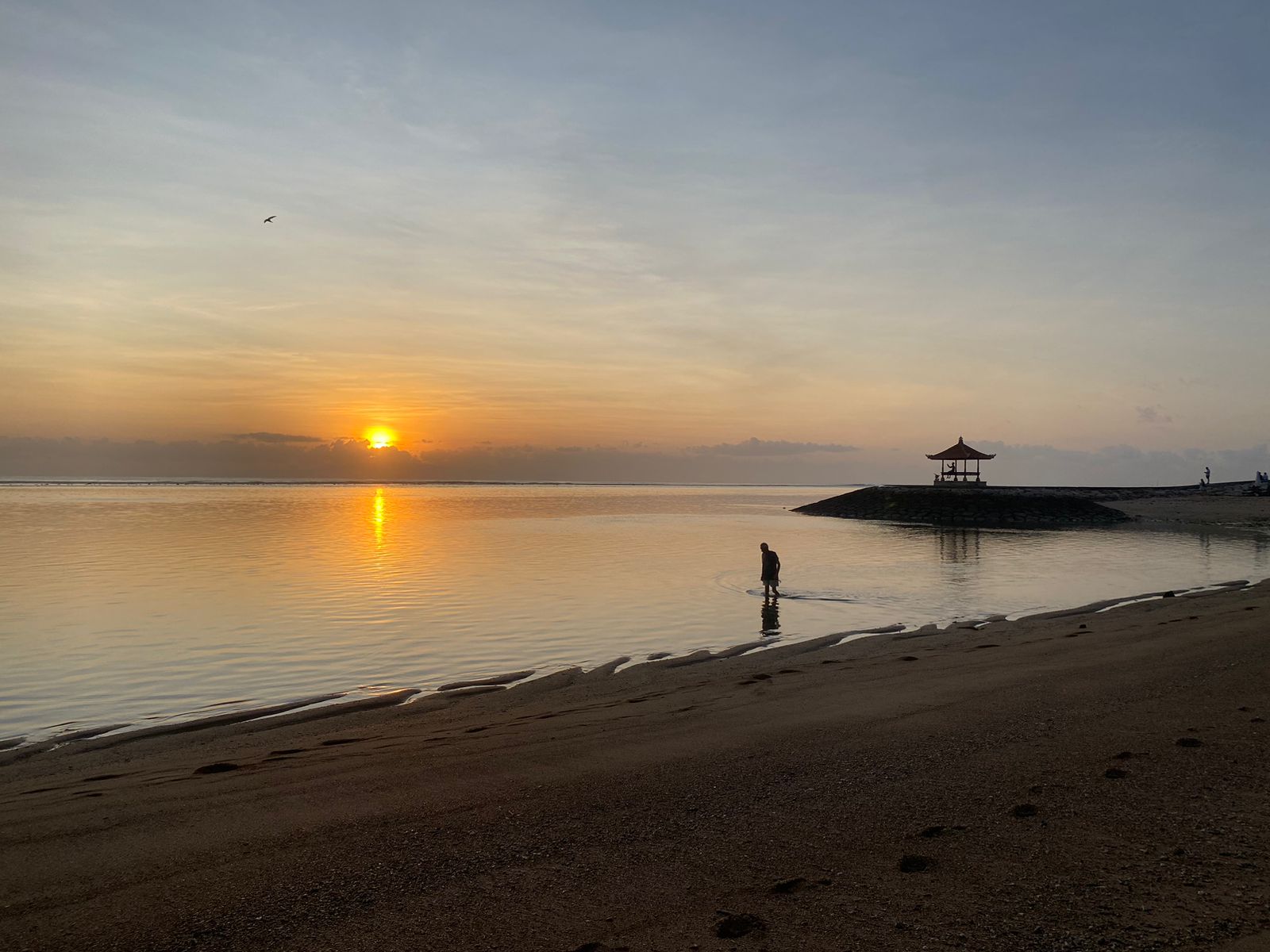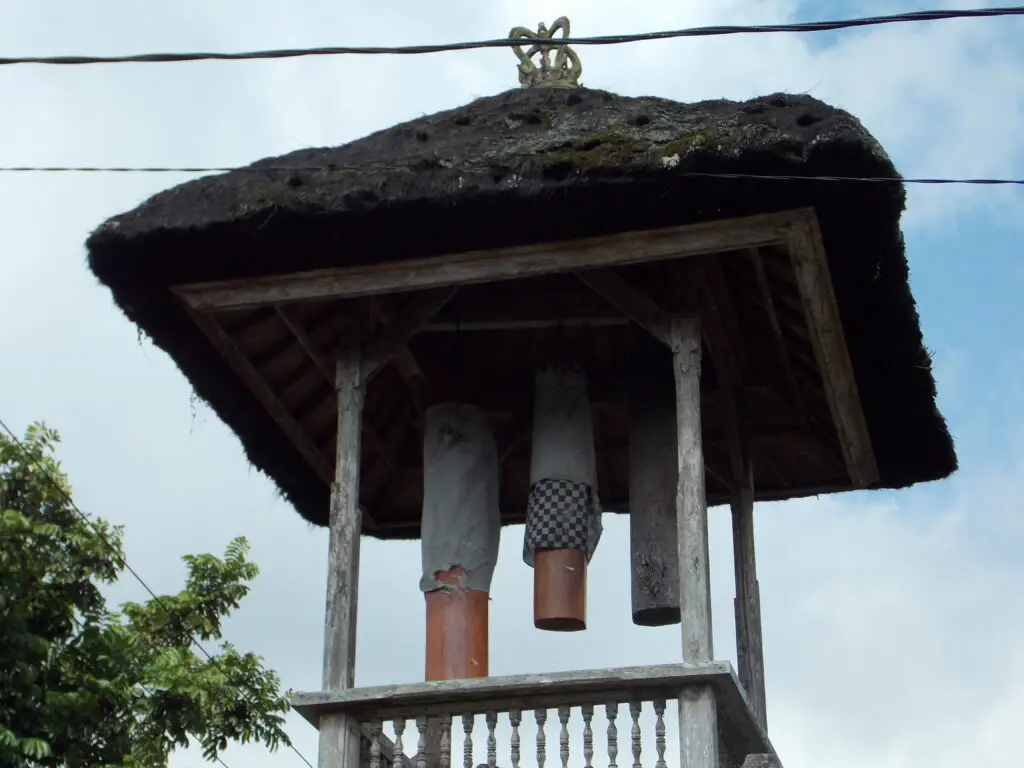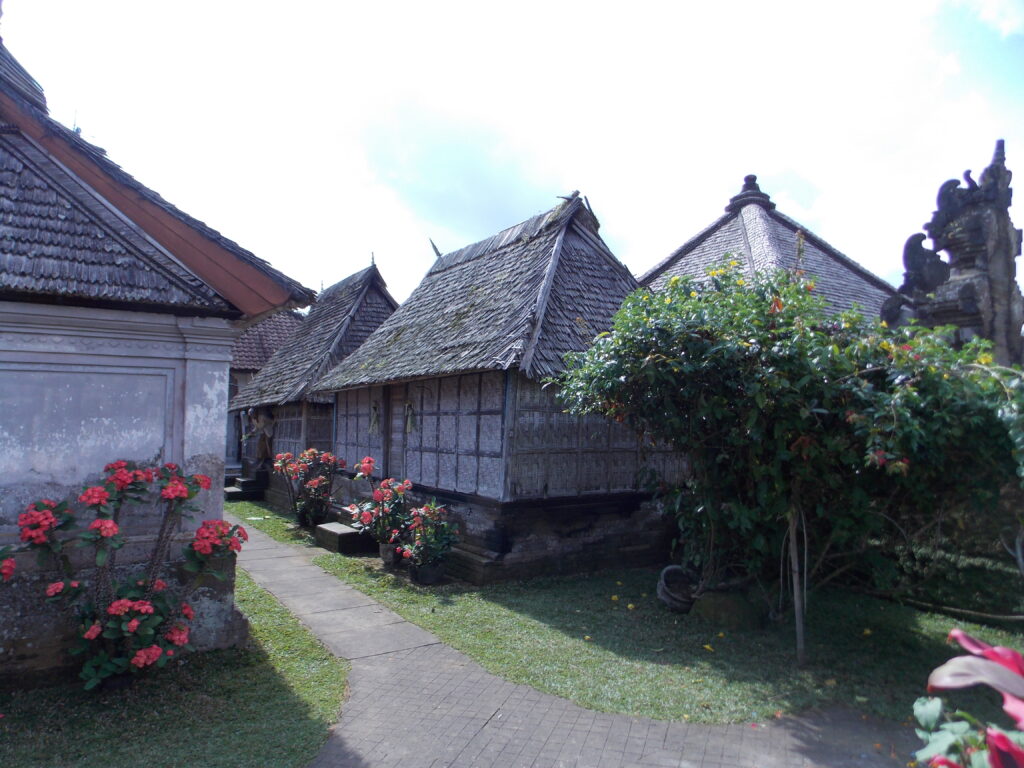"Bali, Where Nature Calls"
Follow the call and discover Bali’s untouched beauty

The icons of Bali

Witnessing the sunrise at Sanur Beach
Sanur Beach, located on the southeastern coast of Bali, is a serene and picturesque destination known for its calm waters, golden sands, and breathtaking sunrise views. Unlike the more bustling beaches of Kuta and Seminyak, Sanur offers a peaceful atmosphere, making it ideal for swimming, paddleboarding, or simply unwinding. The beach is lined with a scenic promenade, perfect for leisurely walks or cycling. A unique feature of Sanur is the presence of *jukung*, traditional wooden fishing boats with colorful sails, often seen dotting the horizon. These boats, still used by local fishermen, add a touch of authentic Balinese charm to the tranquil setting. With its blend of natural beauty, cultural heritage, and modern amenities, Sanur Beach is a perfect escape for those seeking relaxation and a glimpse of Bali's traditional way of life.

One and only Tanah Lot Temple
Tanah Lot Temple, one of Bali's most iconic landmarks, is a stunning sea temple perched on a rocky outcrop along the island's southwestern coast. Known for its breathtaking sunsets and dramatic ocean views, the temple is dedicated to the sea gods and holds great spiritual significance in Balinese Hinduism. Accessible during low tide, visitors can explore the temple and its surroundings, including smaller shrines and natural freshwater springs. The site also hosts cultural performances, adding to its charm. With its unique blend of natural beauty and cultural heritage, Tanah Lot Temple is a must-visit destination for travelers seeking a glimpse of Bali's rich traditions and picturesque landscapes. Its serene yet awe-inspiring atmosphere makes it a perfect complement to the tranquil vibes of Sanur Beach.
The unique of Bali


Kulkul the traditional way of communication
The kulkul, a traditional Balinese wooden slit drum crafted from hollowed wood or bamboo, serves as a vital communication tool in villages and temples. Suspended in Bale Kulkul towers (located at temples, community centers, and compounds), its resonant sound carries far when struck with a mallet. Each rhythmic pattern holds distinct meanings: rapid beats signal emergencies like fires; spaced rhythms announce village meetings (Paruman Banjar); slow, deep tones mark a death; and ceremonial beats precede religious festivals. Deeply rooted in Balinese spirituality, the kulkul predates modern technology, uniting communities through shared auditory codes. It remains integral to daily life, blending practicality with cultural heritage. Its enduring role highlights Bali’s commitment to preserving traditions while fostering collective responsibility and harmony.
Balinese compound as living heritage
The Balinese traditional compound in Penglipuran Village, located in Bangli Regency, Bali, showcases well-preserved architecture and communal living. Guided by the Balinese cosmological concept Tri Hita Karana, compounds are divided into three zones: Utama Mandala (sacred area with family shrines), Madya Mandala (living spaces), and Nista Mandala (kitchen/barn). Homes feature uniform designs—red-brick gates, thatched roofs, and bamboo or volcanic stone walls—symbolizing village harmony. Each compound includes a family temple (sanggah) for daily rituals and pavilions (bale) for sleeping, ceremonies, and cooking. Penglipuran’s strict community rules (awig-awig) prioritize cleanliness and ban disruptive practices like polygamy. Vehicles are restricted to preserve tranquility. Eco-friendly practices, like bamboo construction and integrated gardens, highlight sustainability. As a cultural tourism hotspot, visitors explore traditional compounds, experience Balinese daily life, and learn about enduring heritage.